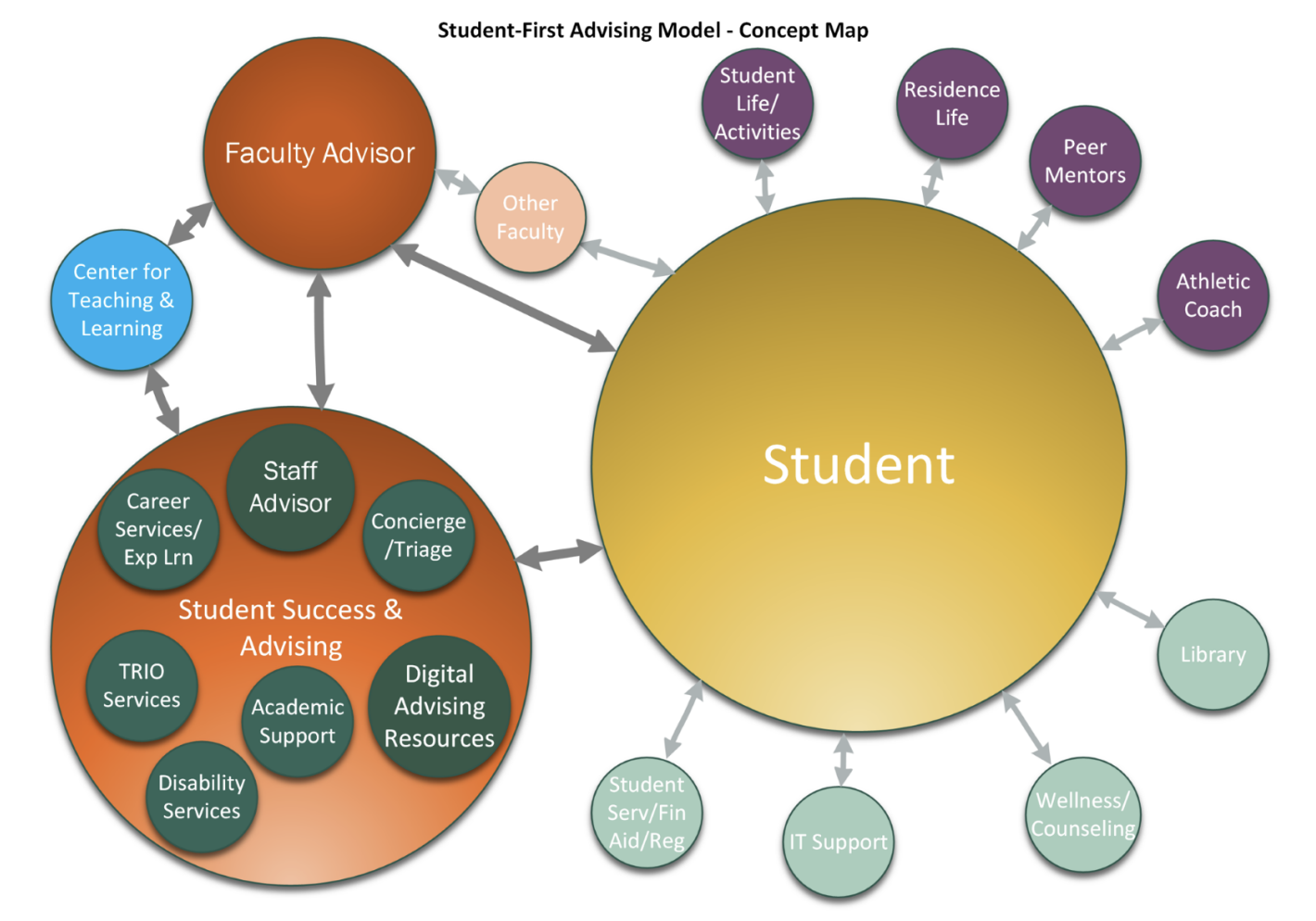Jeff Tunney is a Learning Specialist in the NVU Center for Teaching and Learning. The following appeared as a weekly “teaching tip” that Jeff sent to NVU faculty. More teaching tips can be found on the NVU CTL website.
Given the increase in learning management system usage in the field of higher education, the need for synchronous discussion board facilitation has expanded. With this trend in mind, this week’s message includes some suggestions from the informative article below as well as a few of my own drawn from previous experiences as an instructor and former distance learning administrator.
The “I agree” student – In discussions requiring students to post multiple times per week, there might be times in which students simply write a short reply indicating their agreement with another classmate and little else. In order to minimize this scenario, clarifying your expectations through announcements and the use of formal rubrics that specifically address the requirements of follow-up responses can be helpful.
The mid-week lull – If a class needs to post an initial discussion response by mid-week and their replies to other students by the end of the week, activity can decrease significantly after the first posts have been made. To maintain interest, try posting a related, but slightly different, topic halfway through the week. For example, if an economics class is discussing unemployment in general, following up with questions related to local or regional job trends could be a good course of action. This practice helps in generating more activity and increasing student learning in the process.
Post or record a weekly recap – To show that the discussion holds value, sharing a recap of the previous week’s activity via course announcement and email can be beneficial. The feedback can also be provided in a face-to-face setting when classes are held in a hybrid format. Regardless of method, a recap summarizes the lessons learned, provides encouragement, and creates an opportunity to explain how the class can improve in future discussions.
Posting first – When a new discussion is being introduced, it can be a productive practice to post first and use the opportunity to reiterate assignment expectations and provide students with additional websites and research materials. It’s a proactive approach that can be useful, especially if an instructor is working with a group struggling to stay on task.
In addition to the aforementioned tips, this article which was referenced above, includes some good suggestions:
https://er.educause.edu/blogs/2018/11/10-tips-for-effective-online-discussions
Examples include:
- Creating discussion groups for high capacity courses.
- Selecting student discussion leaders who are responsible for adding a discussion question and moderating the answers.
- Making your first discussion a low-stakes assignment.



